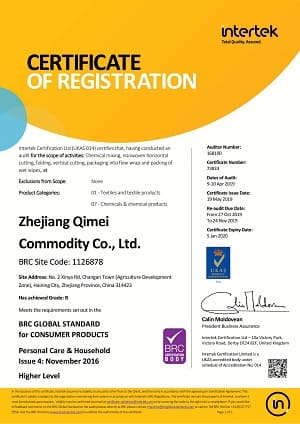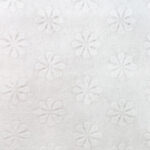Spunlace onwoven Fabric Type: Polyester,Poly -Viscose Blend material, Bamboo Fiber, Wood Pulp(Flushable), Cotton or Soy Fiber(Biodegradable)
Flat or Textured( Your Own LOGO is available)
Grammage: 30-80gsm
1/10/30/80/100/120/160 pcs/pack
Small size: These are usually around 15cm x 20cm (6 inches x 8 inches) and are convenient for use while traveling or for cleaning small areas such as paws or ears.
Standard size: These are usually around 20cm x 20cm (8 inches x 8 inches) and are suitable for use in everyday cleaning and grooming.
Large size: These are usually around 30cm x 30cm (12 inches x 12 inches) and are suitable for cleaning larger areas or for use in bathing and grooming.
Extra-large size: These are usually around 40cm x 40cm (16 inches x 16 inches) and are suitable for cleaning very large areas or for use in bathing and grooming.
1. Plastic resealable bag: This is the most common type of wet wipe packaging. It is made of plastic and has a resealable strip on top to keep the wipes fresh and moist.
2. Flip-top lid container: This type of packaging consists of a plastic container with a flip-top lid that can be opened and closed to access the wipes.
3. Soft pack with plastic flip-top lid: Similar to the flip-top lid container, this packaging comes in a soft pack and has a plastic flip-top lid for easy access.
4. Pop-up dispenser: This type of packaging features a pop-up dispensing mechanism that pulls out one wipe at a time.
5. Travel pack: A small packaging designed for on-the-go use, it often comes with a plastic snap closure.
6. Single-use packaging: These wet wipes come in small, sealed packets which are convenient for travel or outdoor activities.
7. Refill bag: This larger size packaging is designed to refill other wet wipe containers, and usually has a resealable opening.
Purified water: This is the primary ingredient in most pet care wipes and is used as a solvent to dissolve and disperse the other ingredients.
Natural extracts: Some brands may include natural extracts such as aloe vera, chamomile, and lavender to soothe and moisturize the skin and fur.
Mild surfactants: These are ingredients that help to clean the skin and fur without causing irritation. Some examples of mild surfactants used in pet care wipes include cocamidopropyl betaine and sodium lauryl glucose carboxylate.
Emollients: These are ingredients that help to soften and smooth the skin and fur, such as glycerin, panthenol, and allantoin.
Deodorizers: These are ingredients that help to neutralize odors and leave pets smelling fresh. Some examples of deodorizers used in pet care wipes include baking soda and citrus extracts.
Preservatives: These are used to prevent bacterial growth and extend the shelf life of the wipes. Common preservatives used in pet care wipes include phenoxyethanol and sodium benzoate.
ISO 9001: This certification ensures that the manufacturer has established and is maintaining a quality management system that meets international standards.
ISO 14001: This certification demonstrates that the manufacturer has implemented an effective environmental management system and is committed to minimizing its impact on the environment.
FSC: The Forest Stewardship Council (FSC) certification ensures that the materials used in the production of the wipes come from responsibly managed forests that meet social and environmental standards.
FDA: The United States Food and Drug Administration (FDA) certification ensures that the pet care wipes meet safety and efficacy standards for use on animals.
ECOCERT: This certification ensures that the materials used in the production of the wipes are organic and free from harmful chemicals.
BSCI: The Business Social Compliance Initiative (BSCI) certification ensures that the manufacturer is committed to improving working conditions and implementing ethical business practices.











